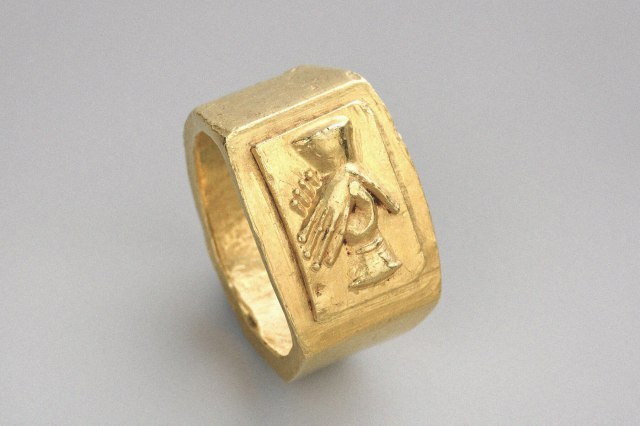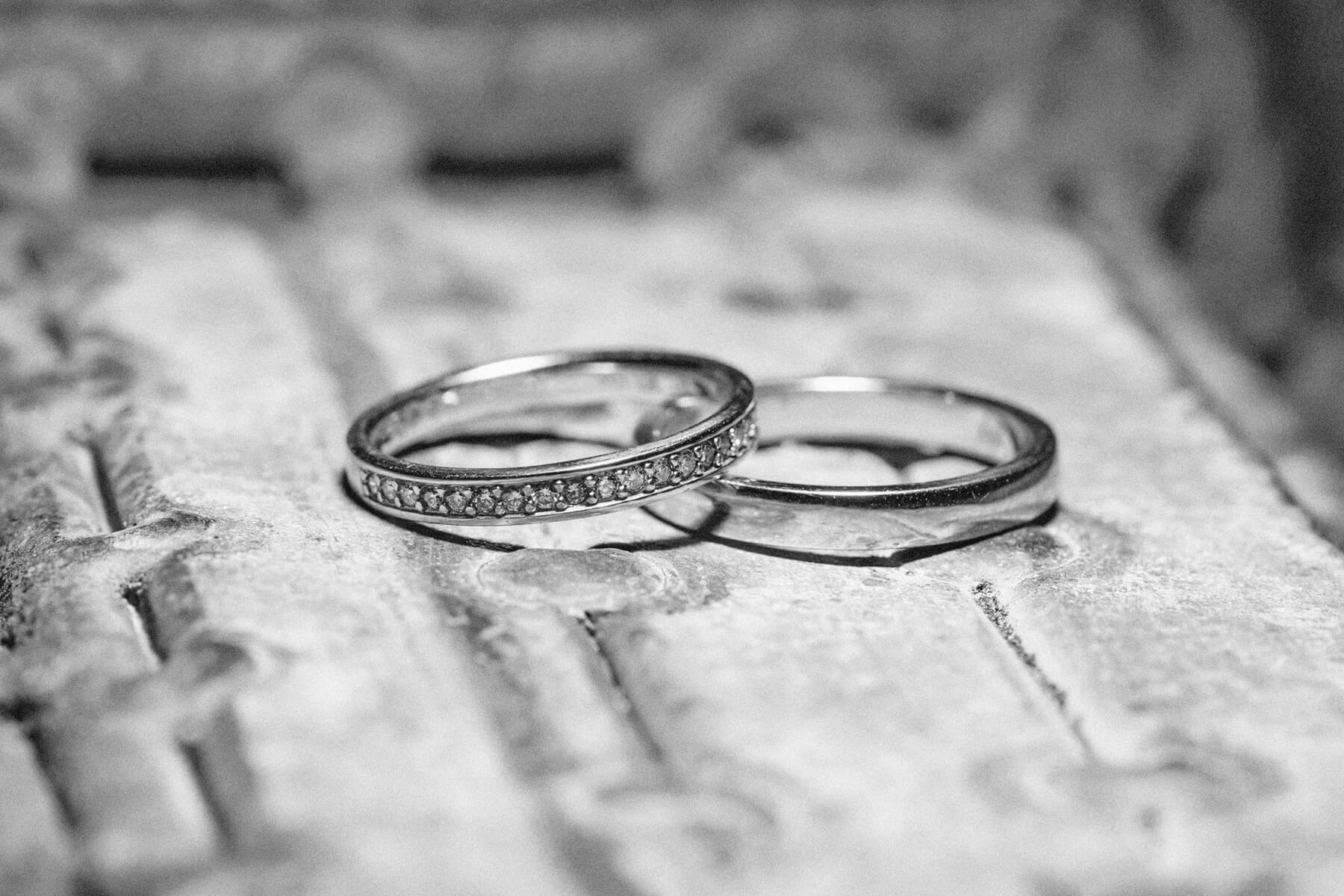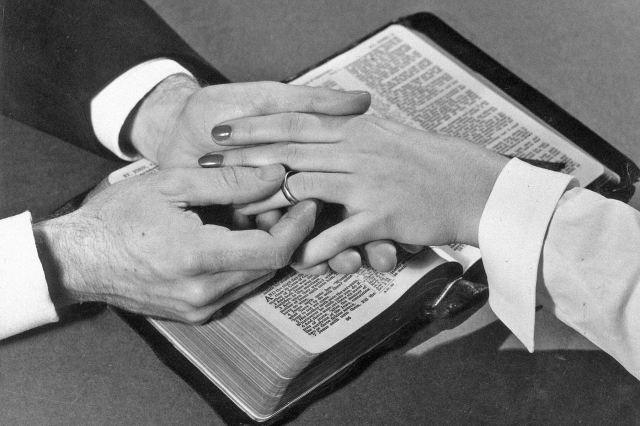When Did We Start Giving Each Other Wedding Rings?
In weddings around the world, exchanging rings is a crucial part of the ceremony, a moment in which a couple’s promises are sealed with a tangible token. This simple piece of jewelry does a lot of heavy lifting: It acts as a symbol of love, unity, and eternity, while also making our relationship status clear to the world. Various cultures have contributed to the history of the wedding ring, from its ancient beginnings to the relatively recent advent of the double-ring exchanges popular today. But when and how exactly did this time-honored tradition begin?

It’s believed the ancient Romans were the first people to use wedding rings in a way resembling the modern custom, although exchanging rings as symbols of eternity or affection dates back even earlier to ancient Egypt and Greece. Roman weddings were not like the elaborate, picturesque affairs of today, however; marriages were often less about romance and more about family alliances and property. After a marriage contract was signed and a feast was had, there was a procession to the couple’s new home, where the bride was carried over the threshold. It was then that the groom presented the bride with a ring — not just as a gesture of affection, but as a public acknowledgment of their bond and a sign that she was now a part of his household. Romans first used copper and iron for the bands, but they began to favor gold after around the third century CE. In wealthier households, brides often had both: one ring, usually made of iron, to wear at home, and another fancier gold ring to present to the public.
The wedding ring was worn on the fourth finger of the left hand, a custom based on the belief that a vein — known as the vena amoris, or “vein of love” — connected this finger directly to the heart. This tradition may have originated in ancient Egypt, where rings were seen as symbols of eternity; the ring’s circular shape, with no beginning and no end, made it a powerful representation of infinity. While the vena amoris has since been proved anatomically incorrect, the symbolic ring placement on the left hand’s fourth finger remains customary. Though the Romans were the first to formalize the use of rings in a wedding ceremony, it’s believed they took a cue from the ancient Greek and Egyptian cultures. After Alexander the Great of Macedonia conquered Egypt in 332 BCE, the Greeks adopted the custom of giving rings as a sign of love — these tokens often featured motifs of Eros, the Greek god of love, known as Cupid in the Roman pantheon.

















